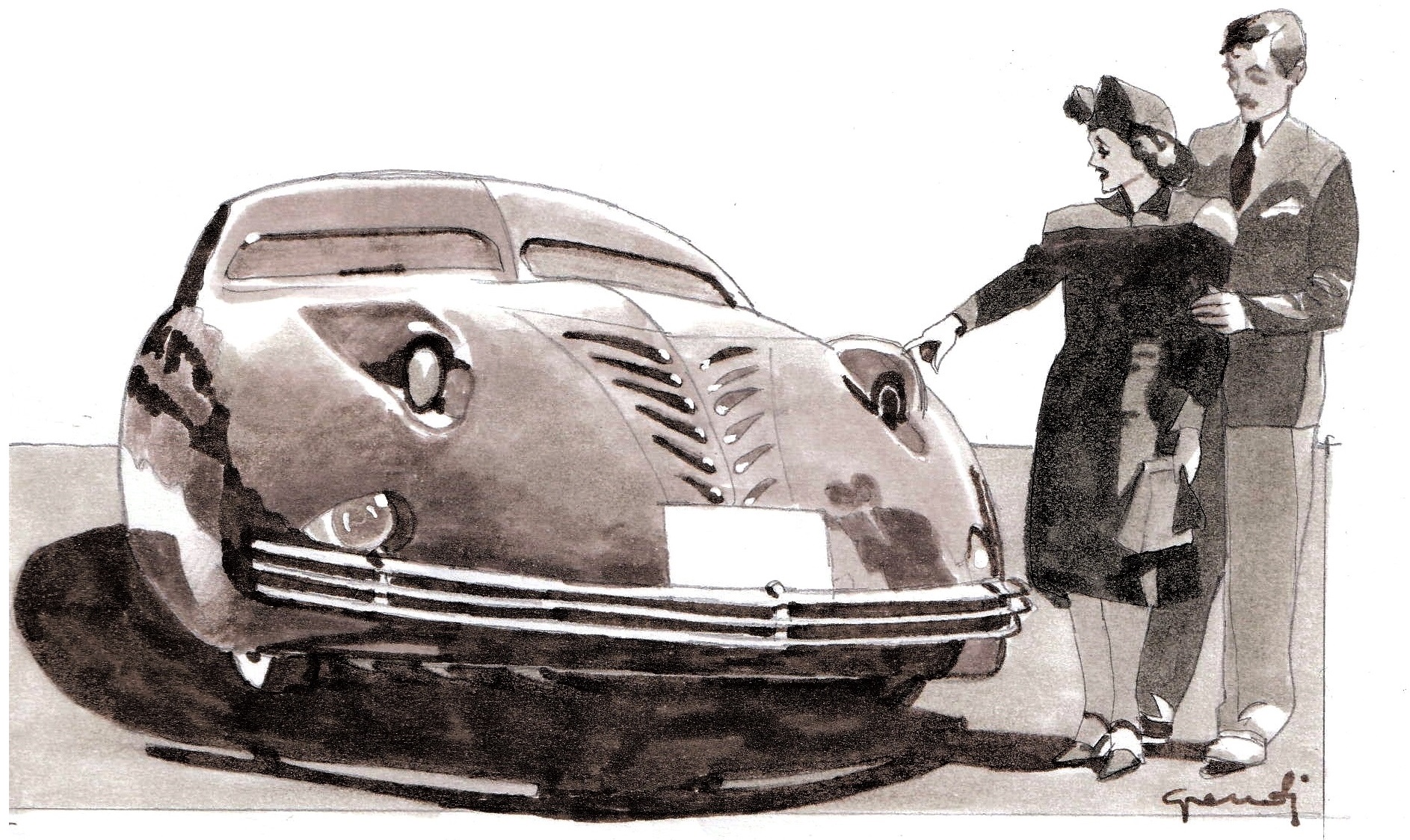The Phantom Corsair. A fleeting dream
With the valuable support, depth of knowledge and illustrative talent of Prof. Massimo Grandi
Photo credit: Some images are taken from the book Asi Service "Quando le disegnava il vento" by Massimo Grandi
Luck isn’t always on the side of the wealthy. Take Rust Heinz, for example, young heir of the renowned food company whose soups were made famous by Andy Warhol. In 1938, Heinz was funded by his family to design and build a car that, even today, is considered remarkable for its innovation and esthetics. We are talking about the Phantom Corsair, constructed on the chassis of the sophisticated Cord 810 and equipped with a powerful 190-HP Lycoming V8 engine.

Structurally, the vehicle combined a molybdenum chrome steel floor with electro-welded aviation tubing. Front-wheel drive, four-speed automatic transmission and four independent wheels are the other technical features concealed beneath its magnificent bodywork, designed with the utmost care to guarantee truly aerodynamic qualities and highly creative style solutions.

Overall, judging by its shape, the car gives the impression of being inspired by the sucker fish, while its headlamps recall the distinctive eyes of a hippopotamus. The esthetic rigor of the car’s body is completed by its Art Deco style bumpers and air intake slots. Finally, it has two surprisingly small windshields and equally small side windows, foreshadowing the hot-rod sedans of the post-war years.

However, like many others, this car was destined to remain a prototype, again because it was simply too advanced, but in this case also because, very sadly, its brilliant creator, at the age of just 25, was killed in a car accident in his Buick, driven at the time by a friend. The Phantom Corsair, relevant even today, is exhibited at the National Automobile Museum in Reno, Nevada.


